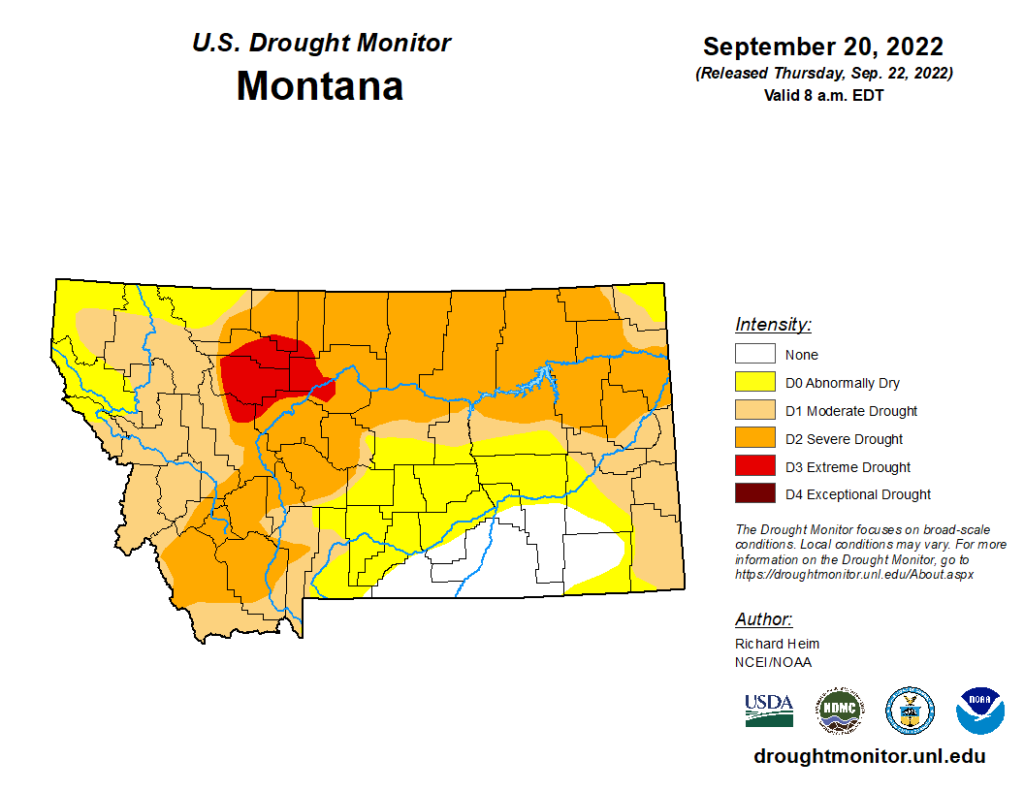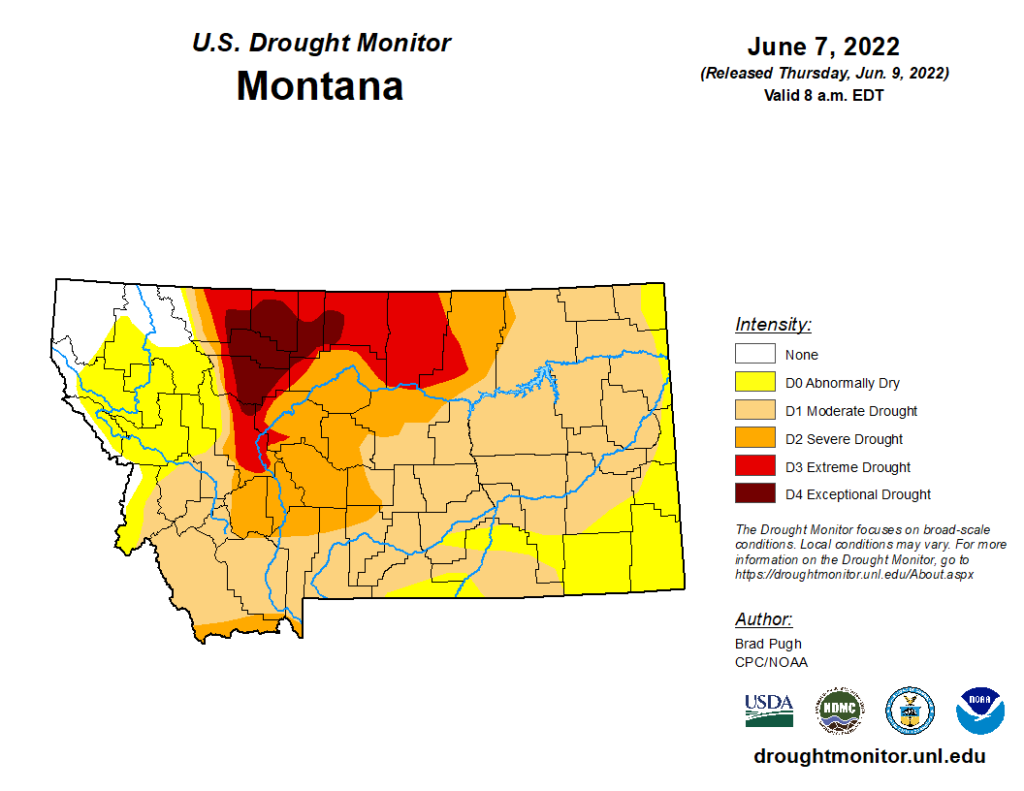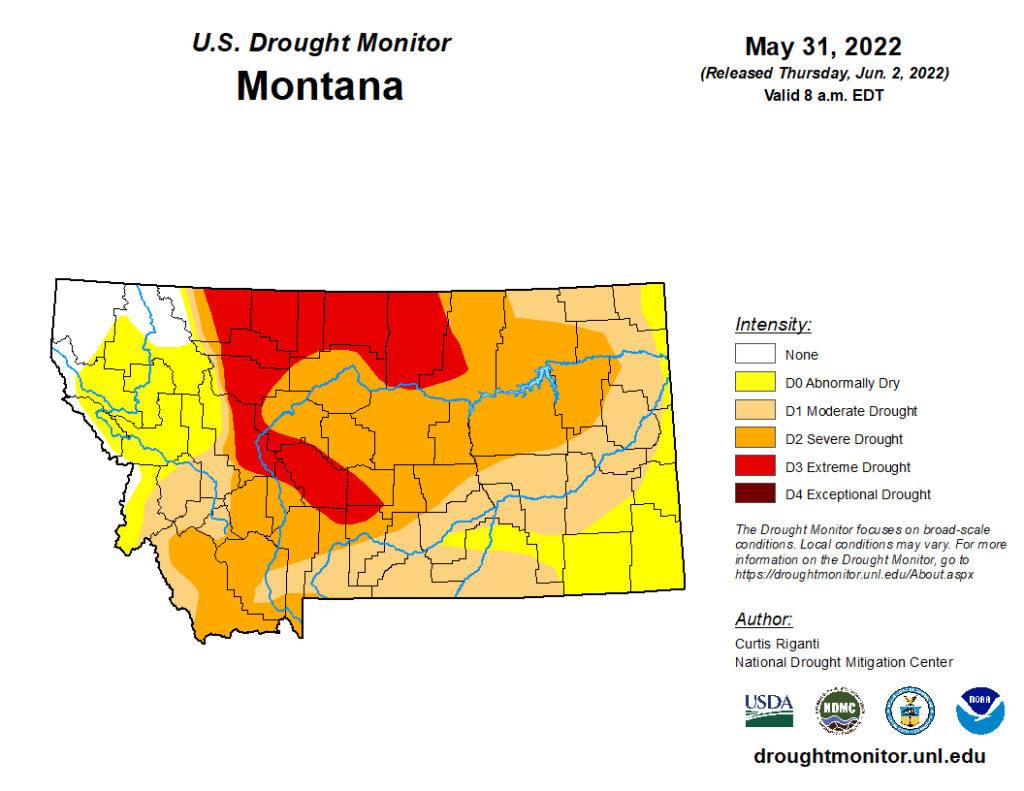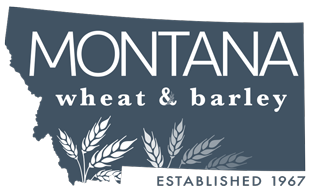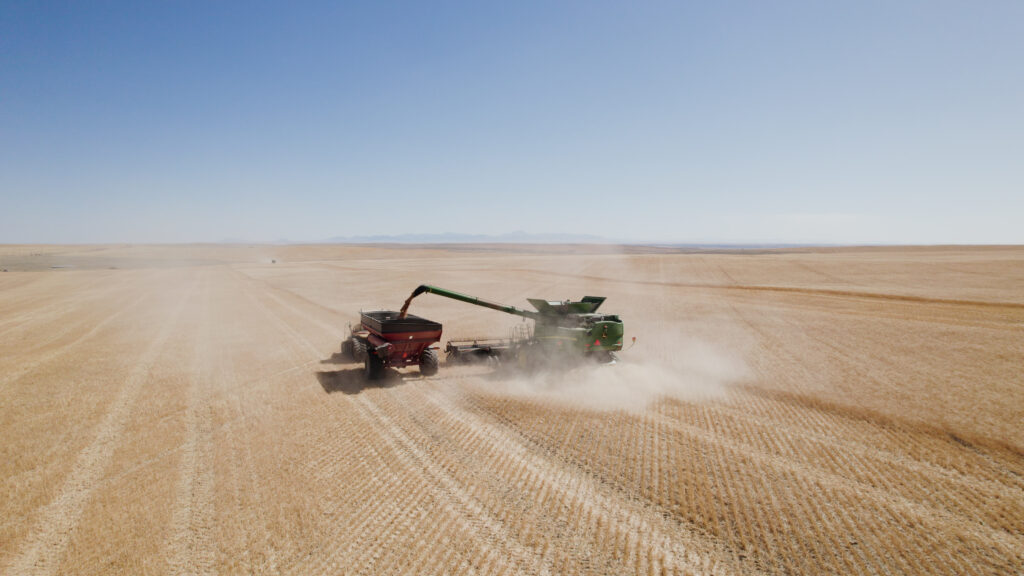A deeper dive into USDA Small Grains Annual Summary
The USDA releases crop production reports monthly. The previous August report was optimistic, providing the market with a few more Montana bushels than anticipated, 25.6 million bushels to be exact. Combines were rolling for the first two weeks of August, with the report was released on the 12th. Between the September 30th report and the August 12th report Montana has realized a 13% reduction in reported production.
How could the USDA be off that much? Some reports indicate the inclusion of prevent plant reports in the latest release:
“NASS was able to factor in prevent plant acreage data from the Farm Service Agency as well as other failed acreage reports to Risk Management Agency estimate of 2021-22 winter wheat acreage.”
Farm Progress writer Jacqueline Holland
The great wheat disappearance of 2022
There certainly was not much prevent plant acreage in the drought-stricken Montana. So, it comes down to failed acreage reports. Leaving MWBC and our loyal overseas customers scratching our heads.
Regardless of the significant report changes Montana will have 173.7 million bushels of high-quality wheat and barley, compared to 124.6 million bushels in 2021. A 28% increase in production this year is a far cry from normal. In 2020 Montana saw 273 million bushels of production. The Treasure State is 37% below a good production year. The continued drought has lasted for two years now, is a third projected? Hard to say.
The below graphs demonstrate how drought impacts have affected each crop type represented by the Montana Wheat & Barley Committee. The only positive take always, production was far better than last year, and early sample data is showing high test weight, good protein, high milling, and malting quality.
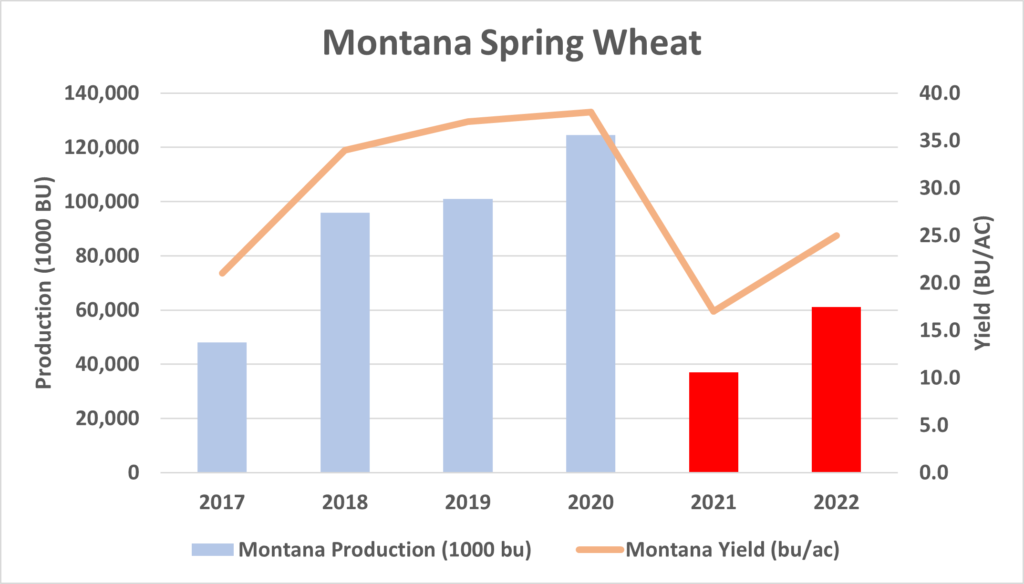
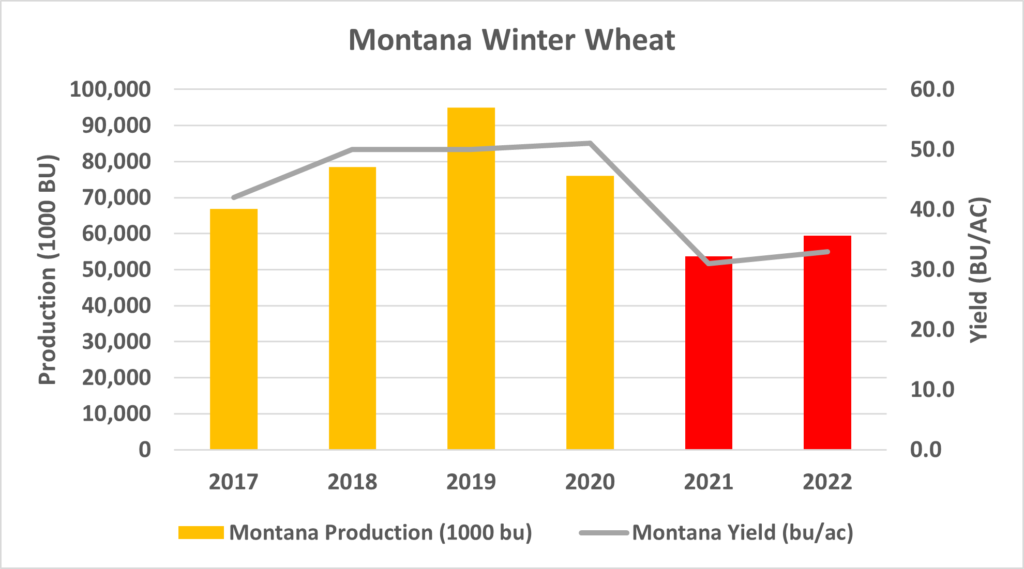
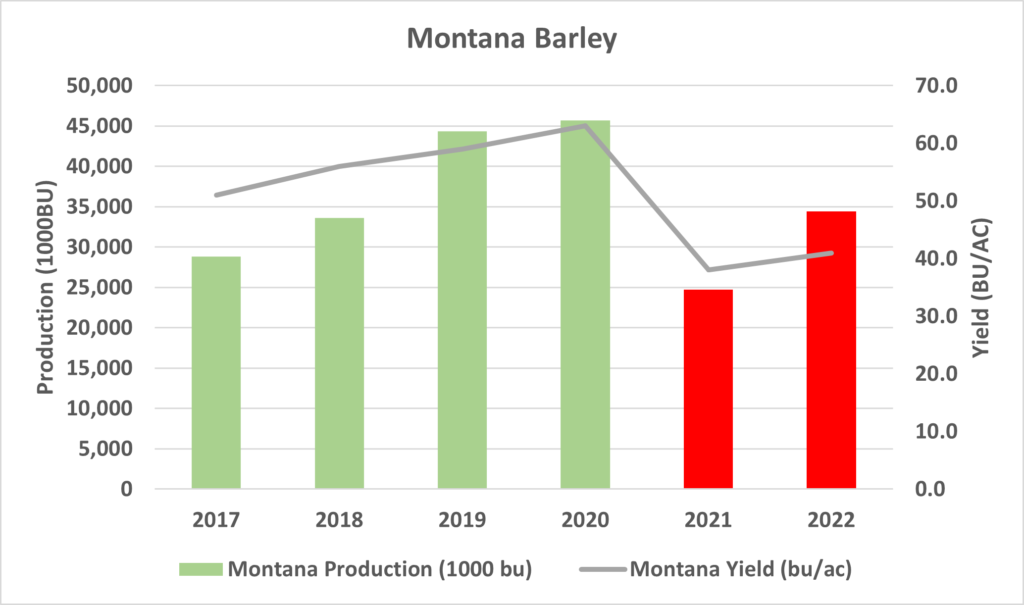
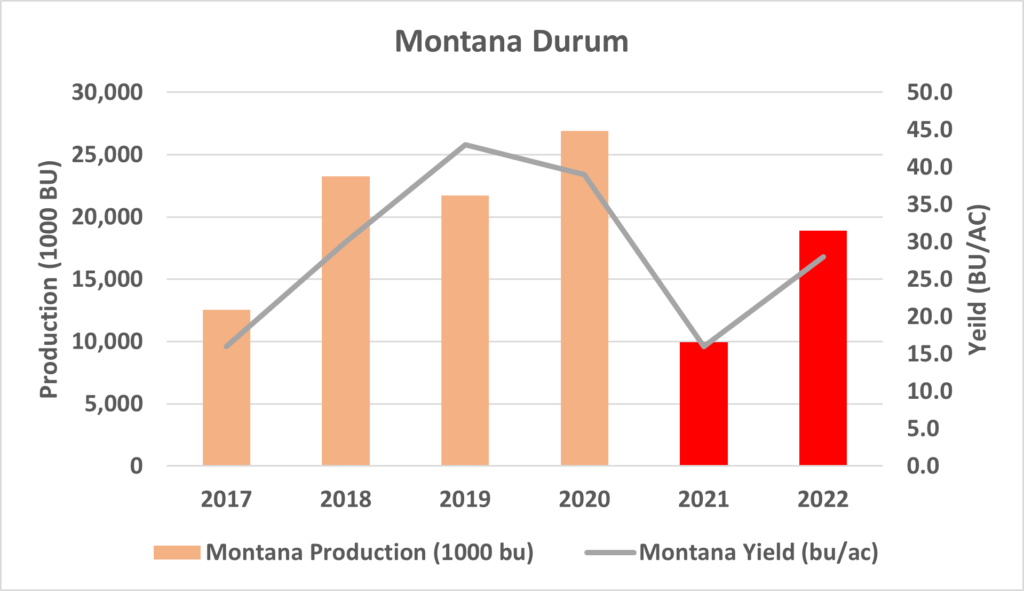
The U.S has one of the most sophisticated ag projection systems in the world. With a complex system of using satellite imagery, and enumerators in every ag producing county and surveying ag experts. For that, we should be thankful for the transparency.
To conclude, I will leave you with another image of weekly drought monitor changes that I am still trying to wrap my head around. There were a few dramatic weekly shifts that were quite significant. If you ask any farmer in the golden triangle, they were in a D4 drought.

